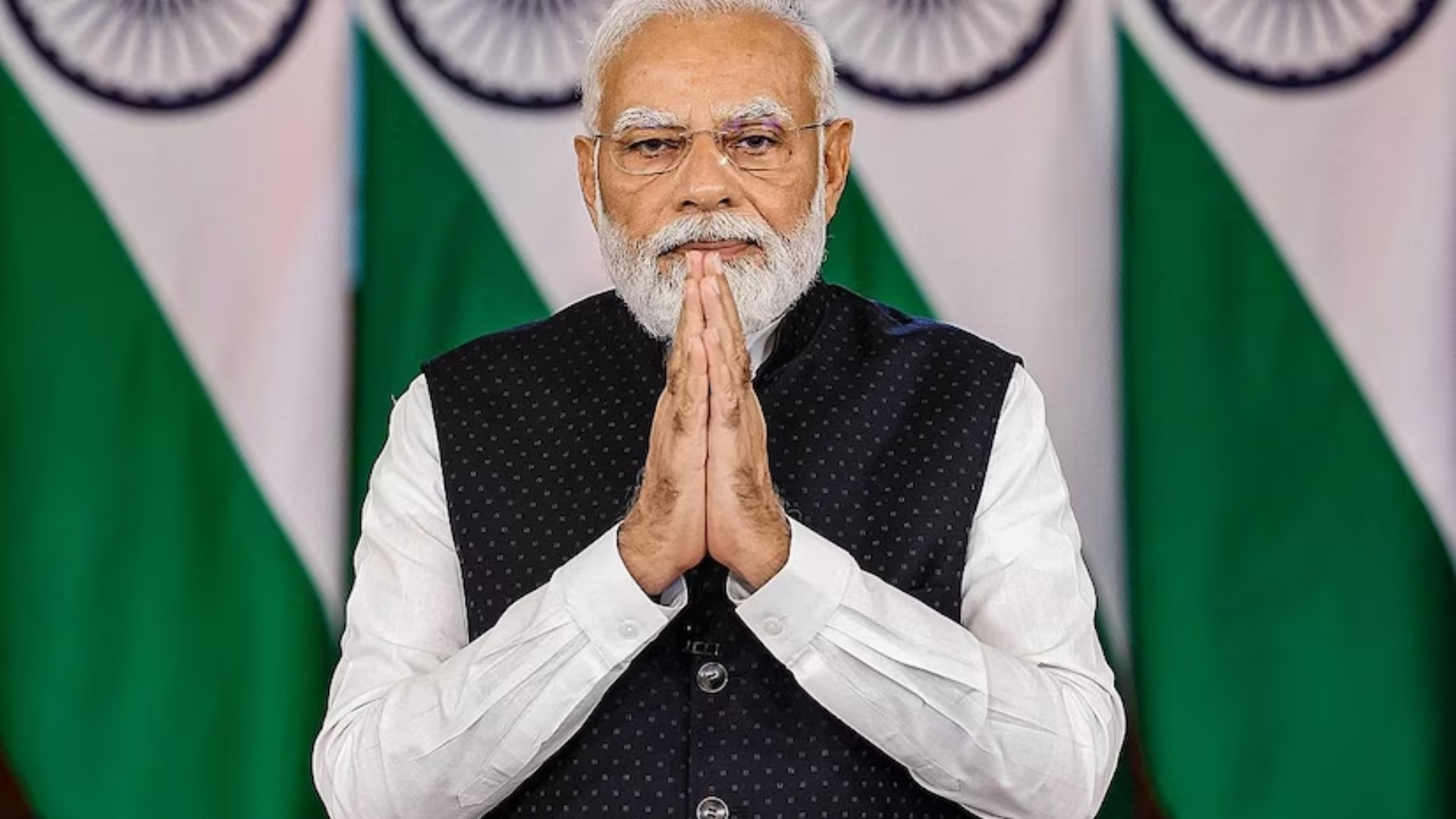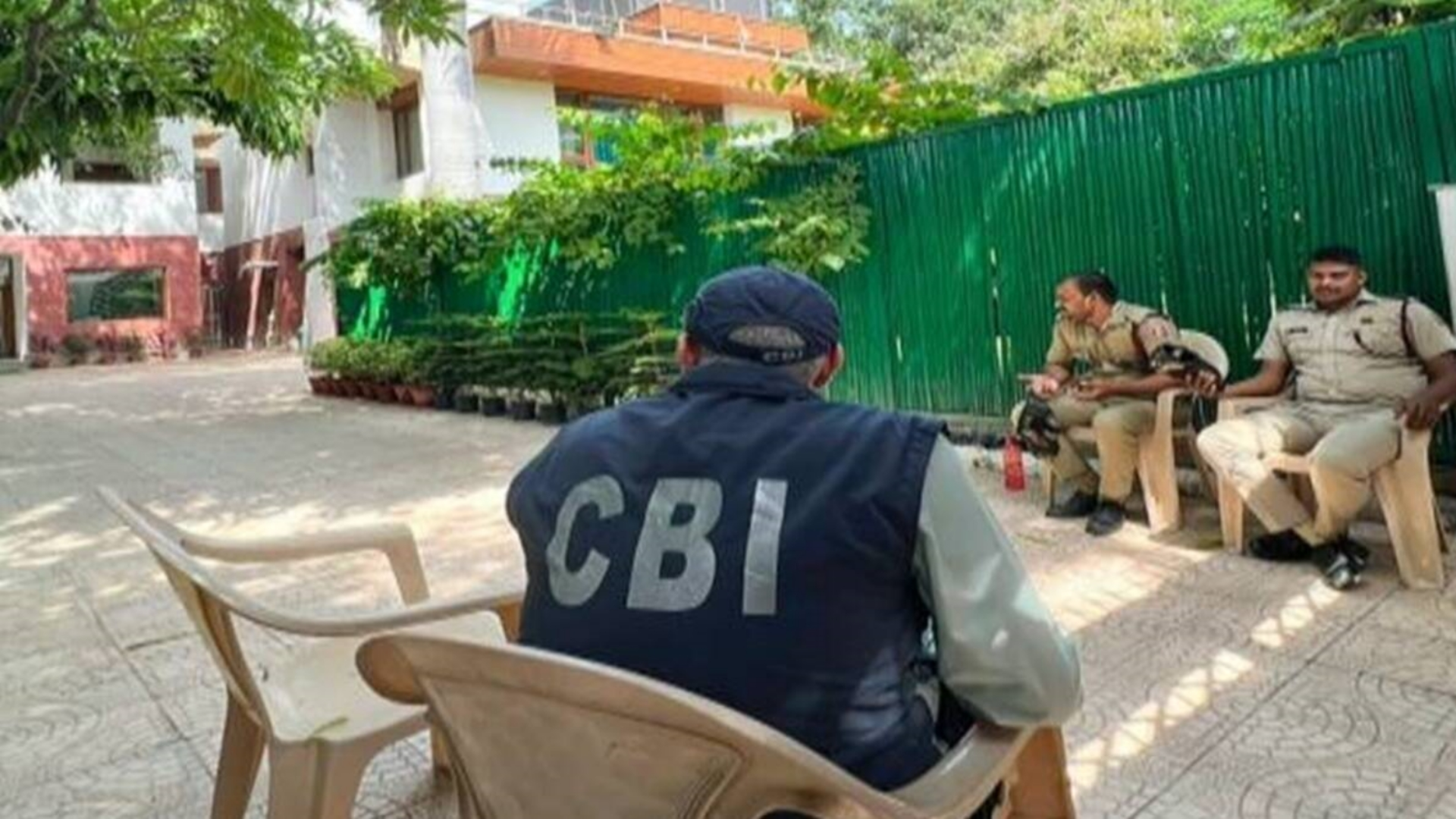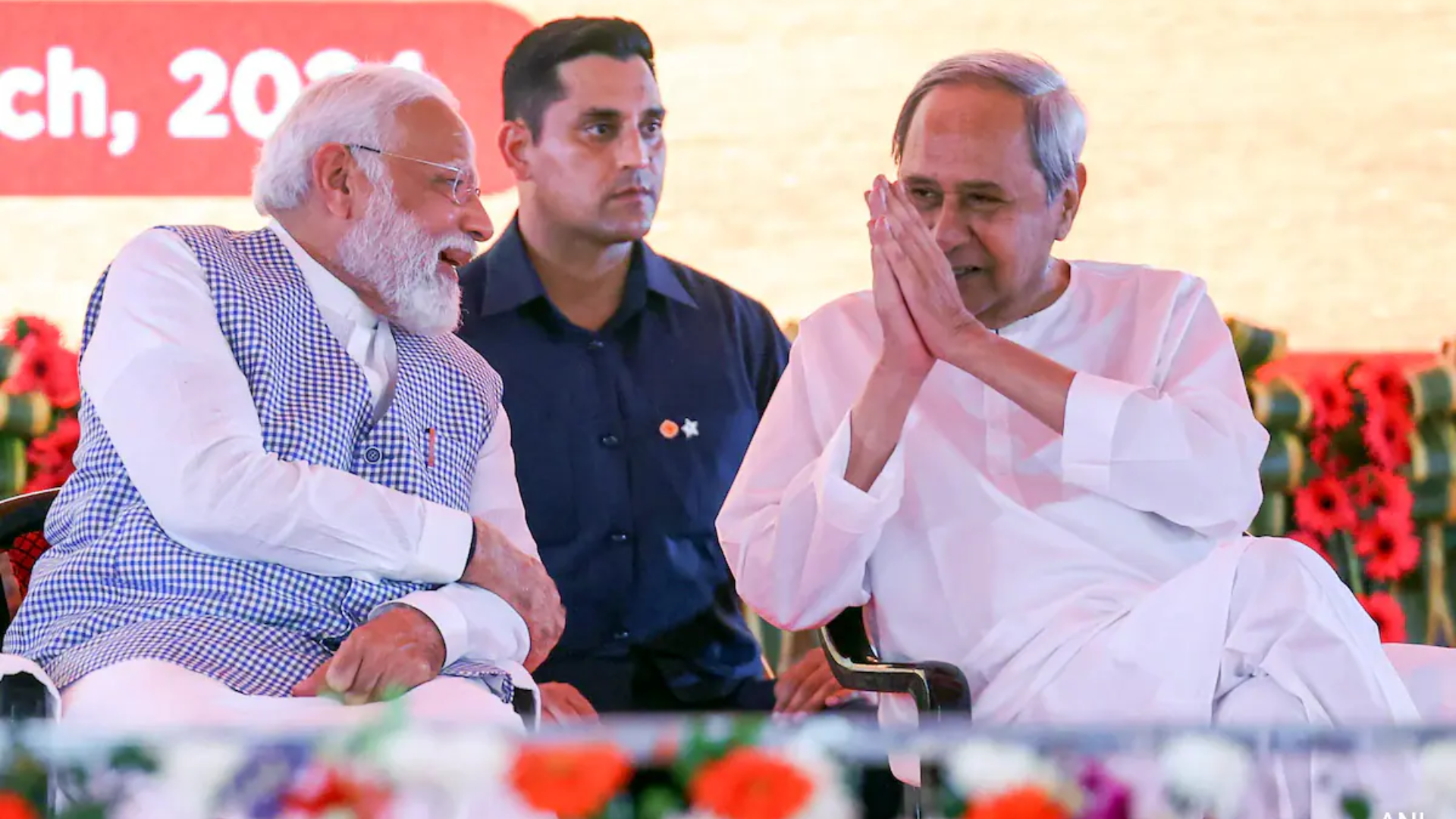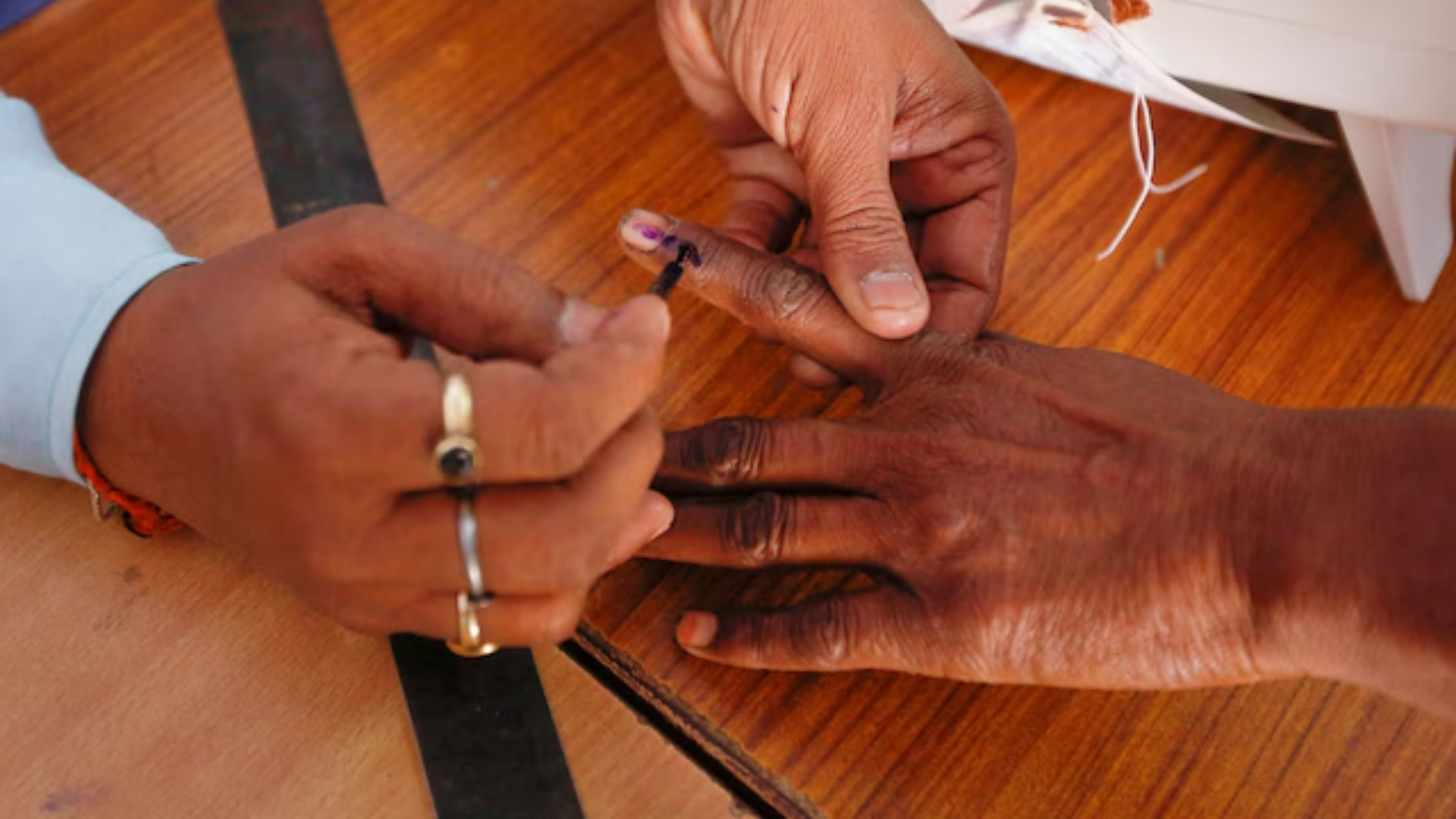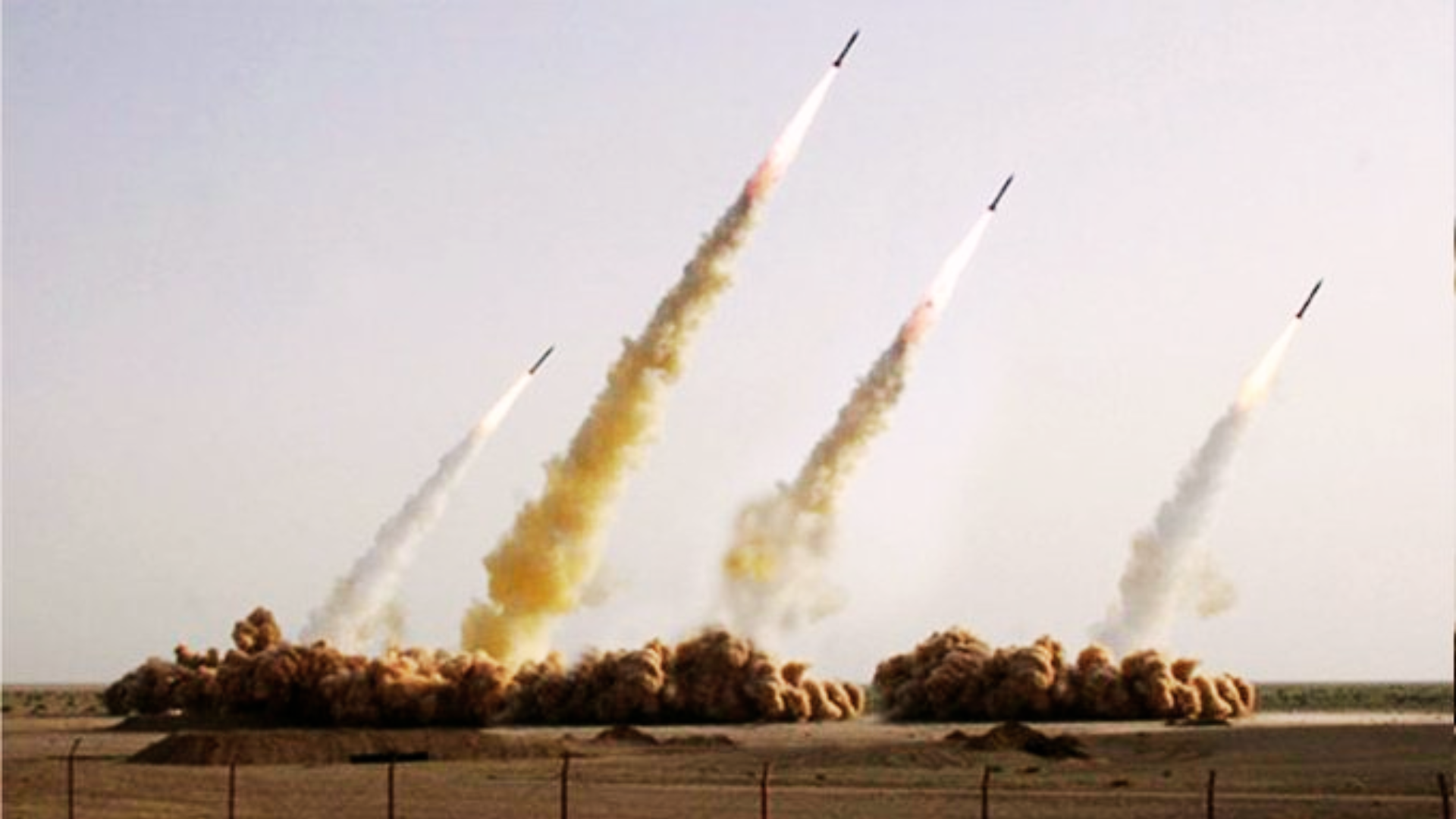



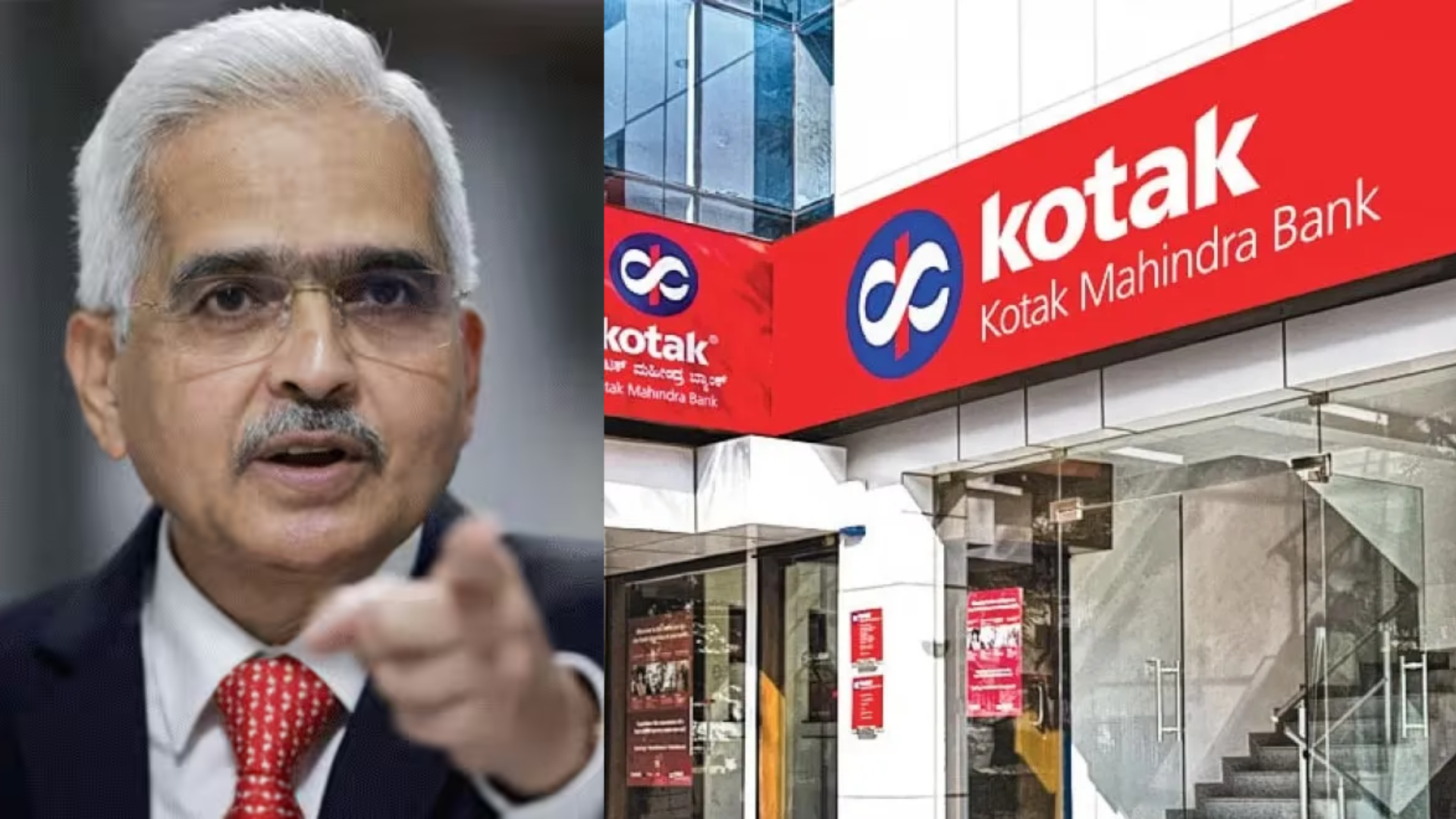
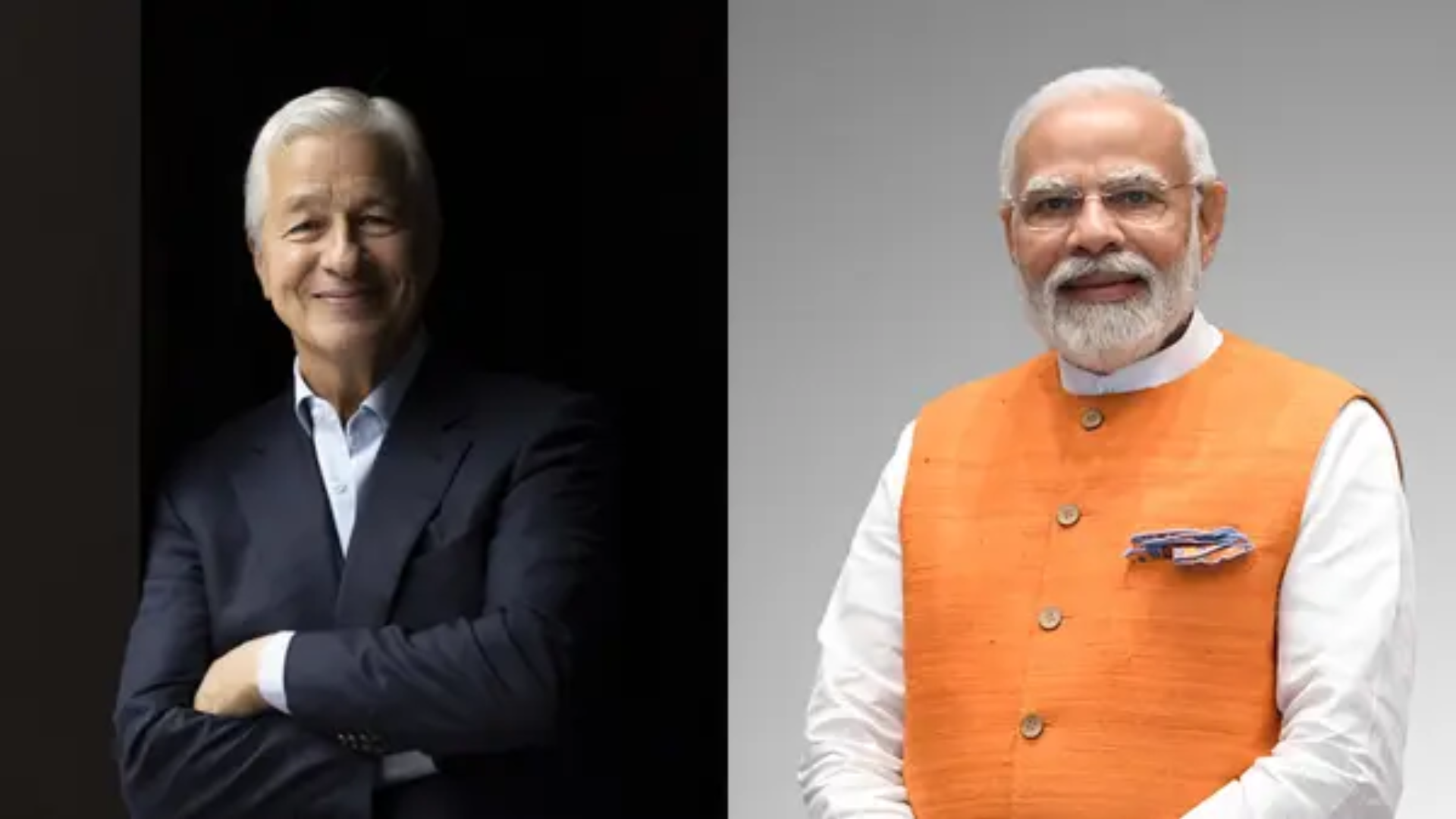

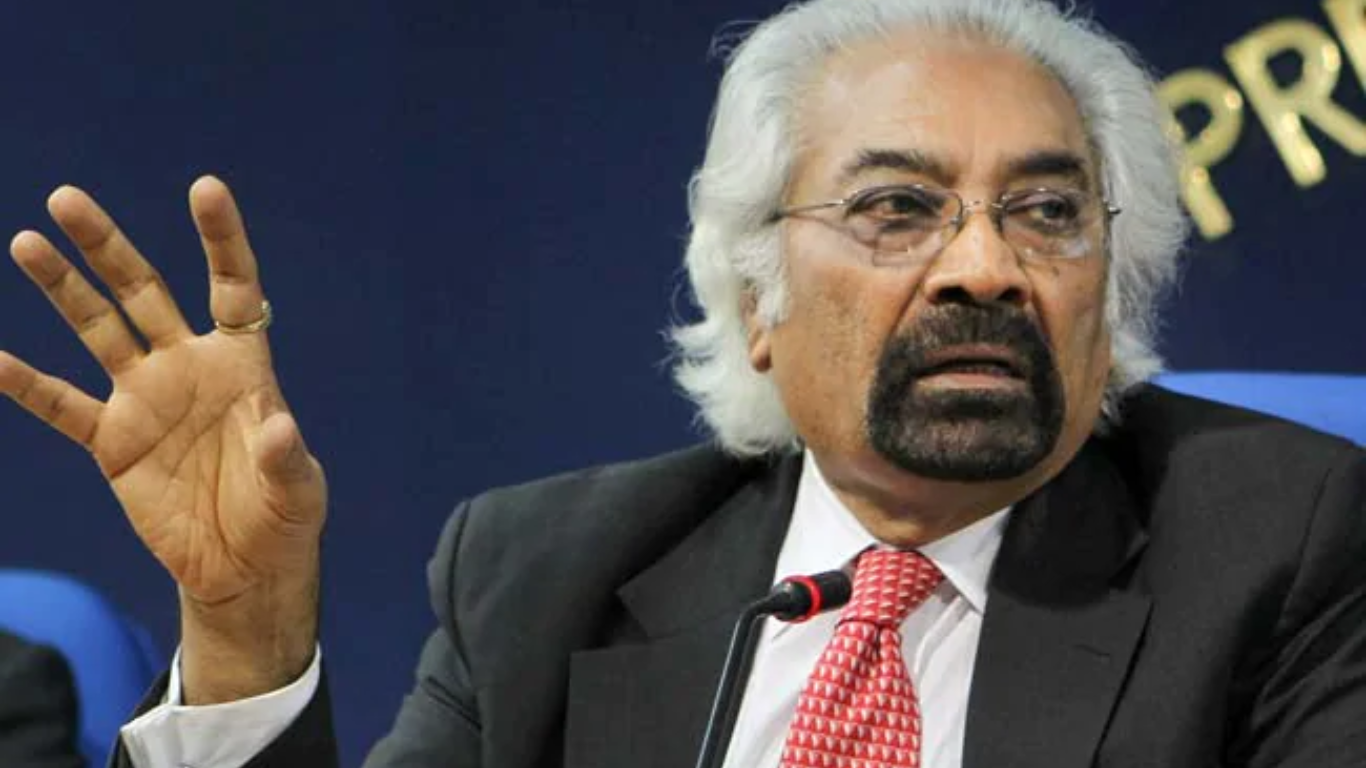

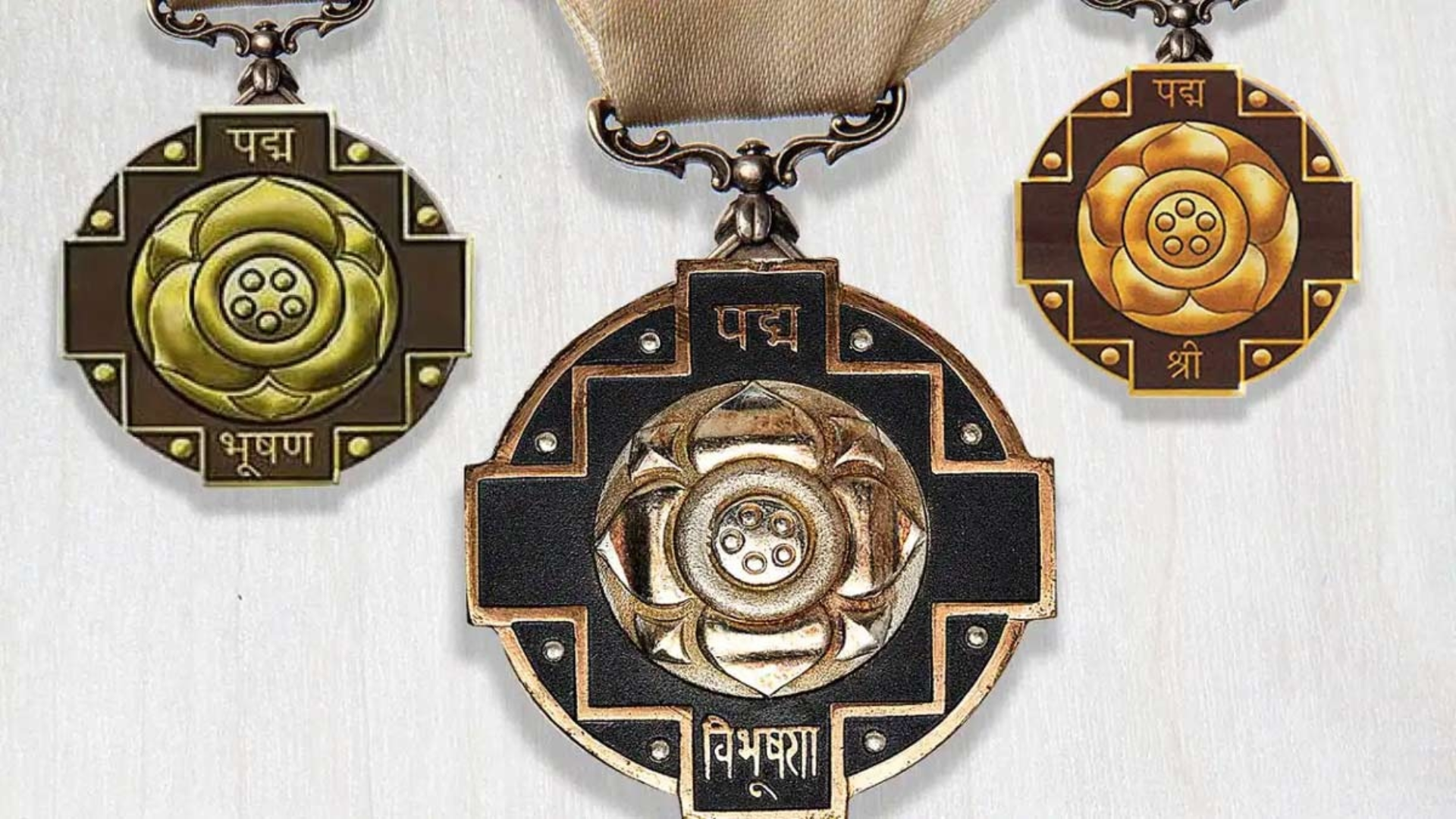
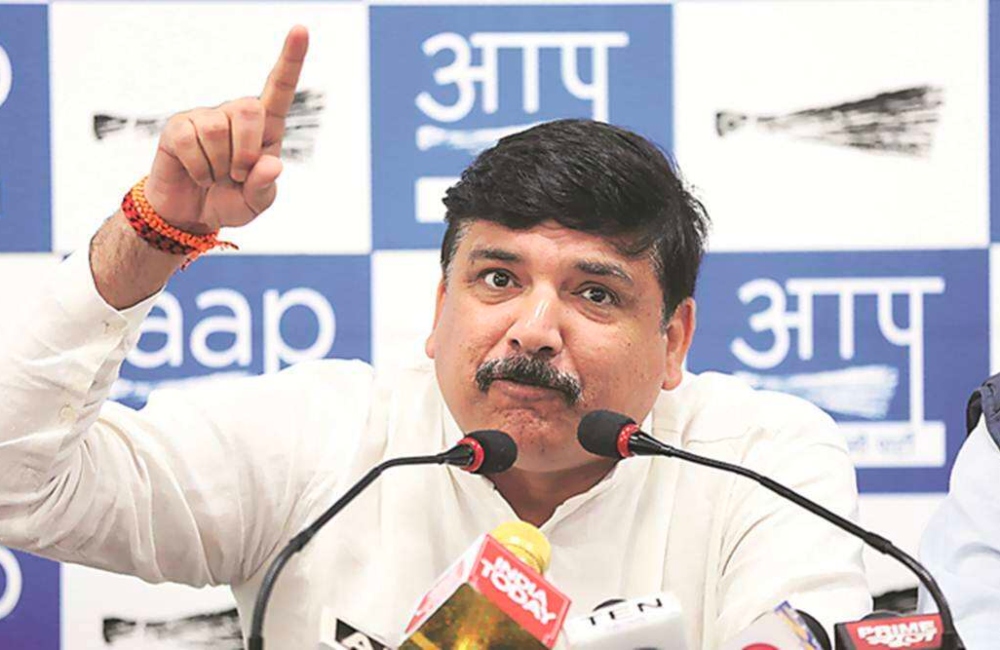
Sanjay Singh claimed on Thursday that the Aam Aadmi Party (AAP) had infiltrated the “bastion of the BJP” and Prime Minister Narendra Modi after the most recent trends showed the AAP leading on six seats in the Gujarat Assembly elections.
He also expressed gratitude to the Gujarati people for helping the Arvind Kejriwal-led group establish itself as a “national party.”
Singh claimed that the AAP has “penetrated” the fort and referred to Gujarat as a “lab” of the BJP.
“The Gujarati people have elevated the AAP to a national level. In this election, our vote share will be close to 15%. Gujarat is Amit Shah and PM Modi’s stronghold. The BJP uses Gujarat as a test bed.
Since the BJP has held power in Gujarat for 27 years, breaking inside that fort was no simple task. When acknowledging the loss in the Gujarat Assembly elections, Singh told the media that AAP had “infiltrated the citadel of the BJP.”
All of the AAP’s key leaders made an effort in Gujarat after the party won Punjab with a sizable majority, but based on the most recent trends reported by the Election Commission, the party has managed to take the lead in 6 seats.
The state’s incumbent BJP, on the other hand, is poised to keep control of the government after trends revealed that it was ahead on 149 seats with one victory.
In addition to breaking its own record of 127 seats won in the 2002 Assembly elections, the BJP would also surpass the record of 149 seats set in 1985 by the Madhav Singh Solanki government of the Congress if it were to win 150 seats in the state.
The exit polls had predicted that the BJP would win a commanding majority and take office for the seventh time in the state.
Beginning on Thursday at 8 am, the counting of ballots for the Gujarat Assembly elections has begun.
In Gujarat, the counting started at 37 centres in 33 districts.
182 counting observers, 182 election officials, and 494 assistant election officers are on duty for the counting process, according to Gujarat Chief Electoral Officer P Bharathi. For the purpose of counting the votes, 78 additional assistant election officers will be present. In addition, 71 extra Assistant Election Officers have been given responsibility for the electronic transmission of postal ballots in the previous elections.
Gujarat held two rounds of assembly elections on December 1 and 5, respectively.
By the end of the second phase of the Gujarat elections, the approximate voter turnout in Gujarat was 59.11%.
A total turnout of 63.14 per cent was recorded in Gujarat during the first round of voting on December 1. On November 12, voting for 68 assembly seats in Himachal Pradesh took place.
The incumbent Bharatiya Janata Party (BJP) has been clearly winning, according to exit polls, in Gujarat.
Prime Minister Narendra Modi served as Gujarat’s Chief Minister for the longest period of time before becoming the country’s leader. The BJP has ruled Gujarat for 27 years. In the most recent assembly elections in 2017, Congress fought hard against the BJP, which was in power. AAP might ruin the game for Congress, though, by significantly reducing their percentage of the vote.



